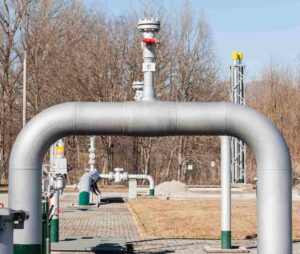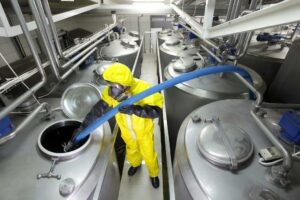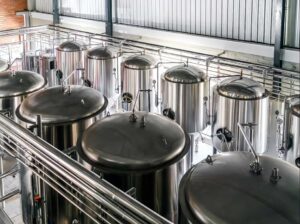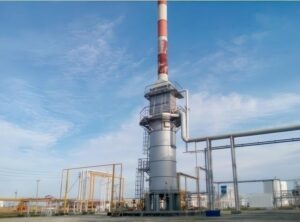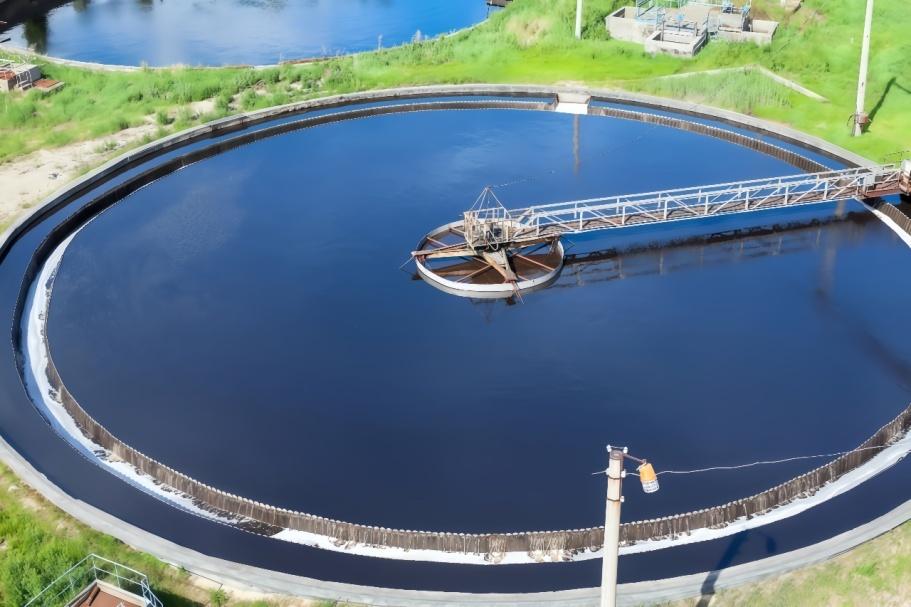
In industrial biogas production, safety starts with what we can’t see—colorless, odorless gases like hydrogen sulfide (H₂S), methane (CH₄), and carbon dioxide (CO₂). These gases are common in sewage plants, digesters, and confined spaces. Yet they pose immediate risks to health, life, and operations.
Enter the ESEGAS UV-DOAS-500P Portable Biogas Analyzer. This device offers real-time, on-site gas composition analysis with a rugged design made for high-humidity, low-visibility environments. For environmental health and safety (EHS) teams, this analyzer is more than just a diagnostic tool—it’s a line of defense.
What Makes Confined Spaces So Dangerous for Biogas Technicians?
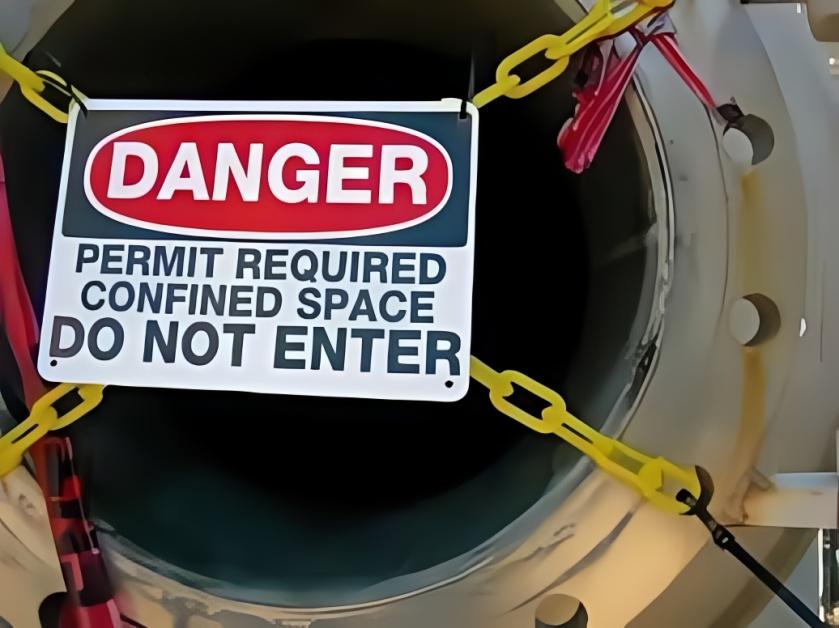
Confined spaces-such as digesters, wet wells, and sewer manholes–present acute hazards due to their restricted airflow and high-risk atmospheres. Toxic gases—including hydrogen sulfide (H₂S), methane (CH₄), and oxygen depletion—can accumulate rapidly. For instance, H₂S at just 10 ppm can impair human health, and levels above 100 ppm become life-threatening in minutes.
Meanwhile, methane displaces breathable air and poses an explosion risk when it reaches its lower explosive limit (~5%) and upper explosive limit (~15%). Even if oxygen drops under 19.5%, workers lose coordination and consciousness—oxygen deficiency remains a top cause of confined space fatalities
Because conditions can shift swiftly, technicians must rely on reliable real-time monitoring tools before entry. Portable Biogas Analyzers deliver this capability, offering fast multi-gas assessment on-site. They empower EHS teams and engineers to make informed go/no-go decisions, rather than entering guesswork environments. Continuous monitoring during entry helps to detect gas fluctuations, ensuring every action is backed by real-time data.
How Do Portable Biogas Analyzers Support Fast Decisions and Rugged Field Use?
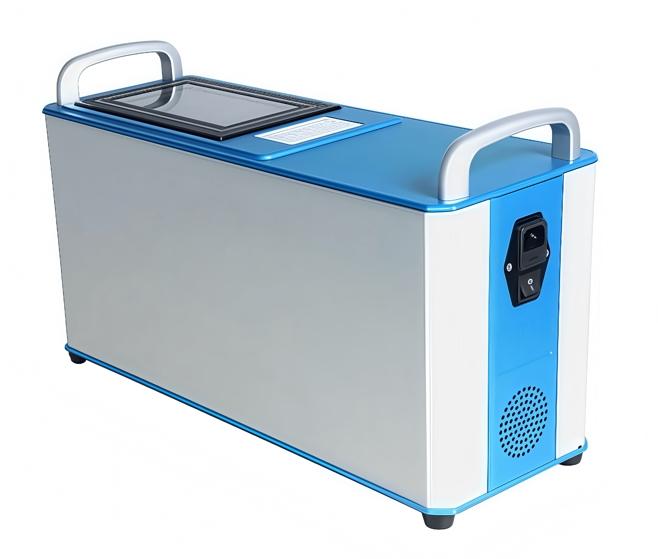
The ESEGAS UV-DOAS-500P stands out by using ultraviolet differential optical absorption spectroscopy (UV-DOAS). Unlike electrochemical or infrared sensors, UV-DOAS delivers high selectivity and cross-interference resistance—critical when analyzing complex gas mixtures.
Key advantages include:
- Simultaneous multi-gas measurement: H₂S, NH₃, SO₂, NOx, and more.
- No sensor drift: Stable readings over time with minimal recalibration.
- Field calibration options: Simplifies validation during routine EHS checks.
- Battery-powered mobility: Ideal for spot checks in remote or hard-to-access spaces.
These pros let technicians measure multiple gases simultaneously without swapping sensors. Moreover, the UV‑DOAS‑500P delivers results in under 60 seconds. That fast feedback supports safe go/no‑go decisions before entering confined spaces.
Meanwhile, this analyzer is built to withstand tough operating conditions. Its IP65-rated enclosure protects against dust and water, while its chemical-resistant optics and internal filtering resist corrosive gases like H₂S and moisture. The glove-friendly touch screen, built-in sample pump, and integrated filters eliminate complex setup. Altogether, this combination of fast response, precise multi-gas analysis, and rugged design makes UV‑DOAS‑500P a tactical safety device. It serves both technical readers and program engineers as a compact, mobile lab in sewer, sludge, or low-visibility inspection zones.
Where Do the Portable Biogas Analyzers Fit into Biogas Plant Operations?
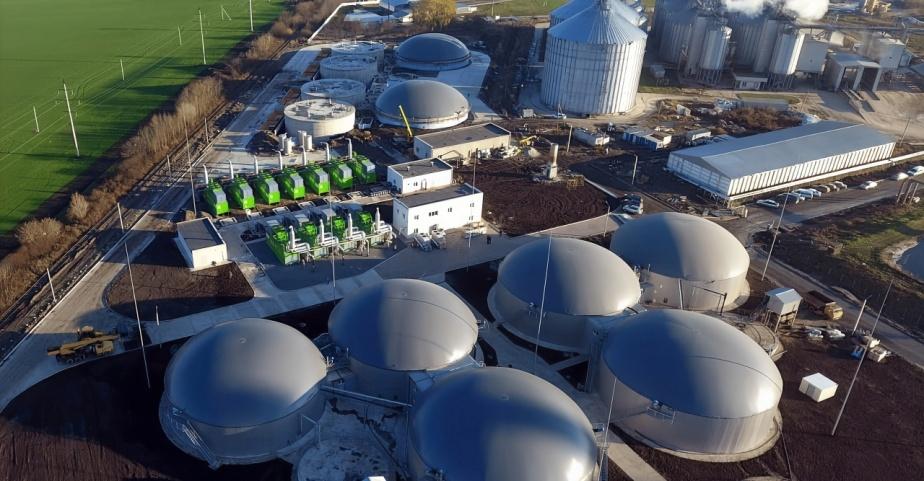
Portable biogas analyzers like the ESEGAS UV–DOAS–500P serve far beyond safety purposes. They contribute to both operational integrity and process performance across industrial plants.
First, they support pre-entry atmospheric testing, ensuring EHS teams clear confined spaces safely. Next, they help detect leaks in piping and digesters, spotting methane or hydrogen sulfide escape points early. Moreover, these devices assist engineers with biogas yield evaluation by measuring gas from fermenters and sludge tanks. Operators can then fine-tune feedstock ratios or retention times. They also enable upstream and downstream gas quality checks, ensuring biogas meets specifications for energy recovery or grid injection.
This multi-role setup benefits operations in multiple ways:
- Enables fast detection of anomalies, reducing unplanned downtime.
- Helps optimize fermentation parameters via trend analysis.
- Extends desulfurization media life, by tracking sulfur species buildup.
- Generates audit-ready data logs for compliance and reporting.
In essence, portable biogas analyzers act as compact mobile labs—bridging safety, diagnostics, and optimization. They give both general technical readers and program engineers the real-time data needed for smarter decisions and more resilient plants.
What Sets the Portable Biogas Analyzer Apart in EHS Workflows?

From an EHS point of view, time and reliability matter more than lab-grade precision. You need an analyzer that powers on fast, reads reliably, and handles high H₂S loads without failing.
The UV–DOAS–500P excels by combining rugged engineering with smart design:
- Instant hazard detection: Delivers go/no-go insight before confined space entry, reducing pre-entry risk well in advance.
- Low maintenance burden: Its solid-state DOAS optics and no moving parts eliminate frequent recalibration or sensor replacements
- Built-in data logging: Stores timestamped readings automatically, supporting traceability, compliance reporting, and incident workflows.
- Mobile lab in your toolbox: Lightweight, battery-powered, and with an intuitive touchscreen, it acts like a field-ready mini-CEMS for technicians and engineers alike.
Moreover, ESEGAS designed it for demanding conditions. It handles dust, moisture, and corrosive gases thanks to its sample-conditioning chamber and multi-pass gas cell. This combination gives EHS teams fast, accurate situational awareness—alongside engineers actionable data for diagnostics and optimization
In short, UV-DOAS-500P transforms EHS workflows—delivering reliability, speed, and visibility in one rugged package.
What Are Common Challenges Without a Portable Biogas Analyzer in Sewage & Confined Spaces?

Facilities, which rely solely on fixed detectors or lab sampling, face serious limitations. Fixed systems offer 24/7 area monitoring, but they leave critical gaps—especially in complex sewage and biogas sites.
Key challenges include:
- Blind spots: Fixed detectors can’t cover every manhole, pipe, or sludge pit. So technicians may enter hazardous zones unwittingly.
- Time lag: Lab-based sampling takes hours or days. Meanwhile, gas conditions can change instantly.
- Sampling errors: Gas bags may leak, degrade, or misrepresent true concentration levels.
In contrast, portable biogas analyzers deliver agile on-site readings. Teams carry them into confined spaces, detect hazards immediately, and make real-time safety decisions. That reduces reliance on external labs and cuts out the guesswork during emergencies. Moreover, portable biogas analyzers support compliance and quality control. They simplify day-to-day inspections, link to SOPs, and generate auditable logs for traceability.
Ultimately, without portable devices, safety becomes reactive. With them, it becomes proactive.
What Should You Consider Before Deploying the Portable Biogas Analyzer?
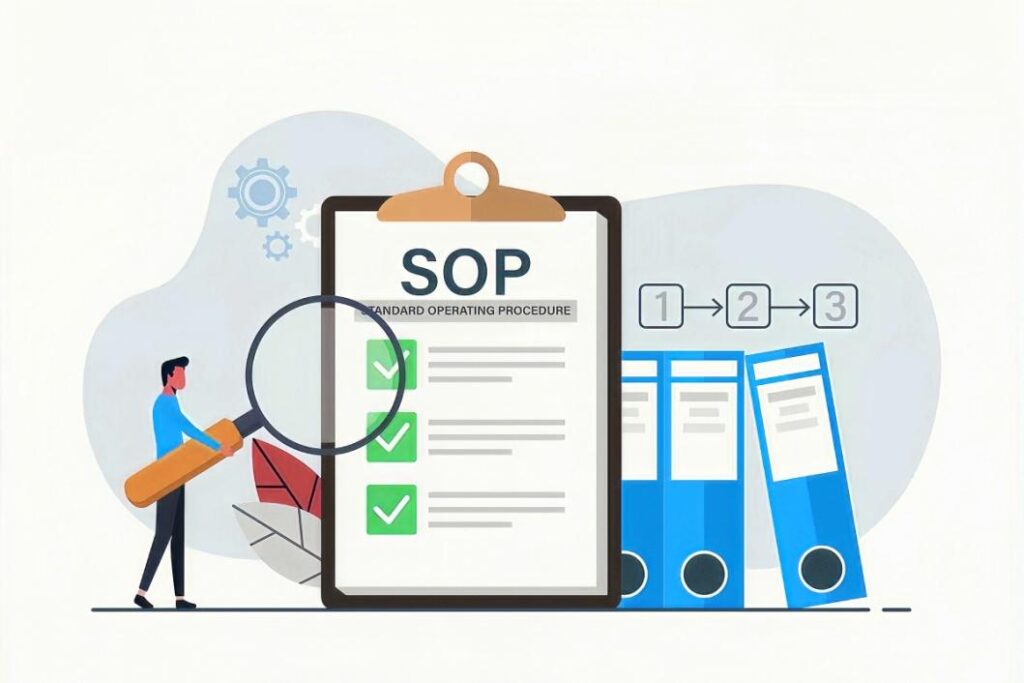
(Standard operating procedures (SOPs))
Before integrating portable biogas analyzers into your system, consider key readiness steps to ensure safety and effectiveness. You should:
- Train your team on sampling techniques, zero calibration, and basic analyzer maintenance. This makes sure they respond correctly and confidently during a safety check.
- Develop clear SOPs for confined space entry, scheduled inspections, gas testing protocols, and emergency procedures in line with local standards like OSHA 1910.146 or EN 60079
- Conduct a formal risk assessment, verifying hazards and establishing control layers per safety frameworks. Update this assessment when plant layouts or process conditions change.
- Designate qualified personnel such as confined space safety assessors and attendants. They must hold competency in gas detection, permit issuance, and risk control.
- Establish active safety monitoring, not just periodic checks. Portable analyzers should form part of a proactive strategy embedded in operations, not a passive obligation.
By addressing team skills, procedural readiness, compliance, and role clarity, you ensure the tool delivers real value. Engineers gain operational insight, and EHS staff gain actionable confidence. This thoughtful deployment transforms gas monitoring from a compliance task into an ongoing safety-driven discipline.
Conclusion
In industrial settings, the cost of downtime, injury, or a gas-related incident far surpasses the investment in a high-end analyzer. Portable biogas analyzers like ESEGAS UV–DOAS–500P provide clear ROI:
- Reduce operational disruption, by preventing shutdowns from unexpected gas events.
- Enhance worker safety, avoiding toxic exposure or combustion risks.
- Support process optimization, via real-time insights into gas trends across digesters and pipework.
As biogas gains global traction as a sustainable energy source, your approach to safety must evolve. At its core, safety relies on awareness—the ability to detect unknown hazards before they escalate. So, if you’re operating in sewage plants, confined spaces, or biogas facilities, don’t rely on guesswork.
Trust your portable biogas analyzers. Rely on data.







